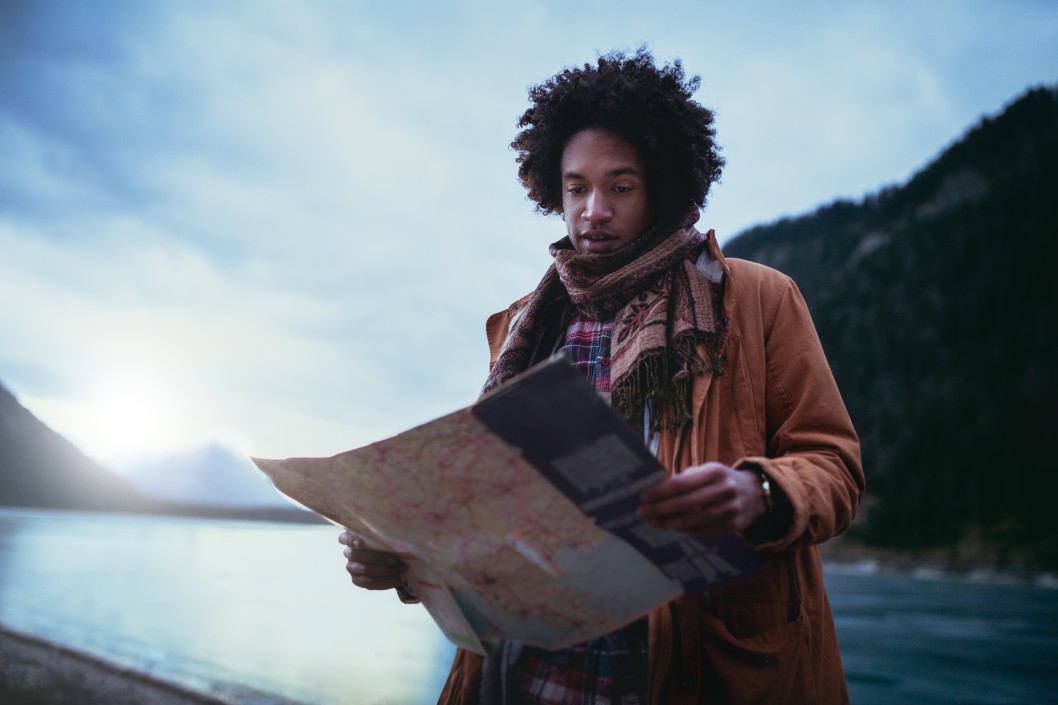With less than a week left until the new year, it seems like everyone is taking time out to not only reflect on the past year but the past decade altogether. 2010 was the start of the decade and also the time when travel wasn’t as easily accessible.
At the beginning of the decade, many of us viewed travel as expensive and locations such as Cuba wasn’t an option for American tourists.
During this decade, we witnessed the rise of social media as well as the start of millennials traveling, more accessibility in airfare, and travel blogging.
As we approach a new decade, let’s take a look at the ten things that have changed how we travel in the 2010s.
The Pros and Cons Of Flying Basic Economy
In 2012, Delta Airlines launched Basic Economy, a fare that gave you a seat on the flight for a great price but with the bare minimum. If you fly basic economy, you won’t have free checked bags, no changes are allowed, you’ll get reduced frequent flyer miles and you won’t be able to choose your seat in advance.
Delta launched this fare after airlines like Spirit and Frontier came on the scene. After the launch, other airlines, like United and American, launched their own basic economy fares.
Basic Economy benefitted travelers in a major way this decade because air travel became more affordable. On the other hand, because of all the travelers flying basic economy, airlines began making lower revenue per seat. This resulted in carrier building aircraft with extra seats, meaning way less legroom for fliers.
Currently, Emirates is testing a basic economy fare of its own for its premium cabins.
2 For 1 Vacation With The Layover
According to CN Traveler, “Icelandair started offering free stopovers for anyone traveling via Reykjavik between North America and Europe in the 1960s.” This was the start of having long layovers in other countries and getting to experience two countries for the price of one. Icelandair even promoted this concept on Instagram with the hashtag #Mystopover.
Other carriers like Turkish Airlines, Swiss, and TAP (Portugal’s airline) have implemented this strategy to bring more tourists into their respective countries.
I even had a long layover in London during my first trip to South Africa in 2017 and I got to experience both places which was amazing.
Spend Less To Fly Far
This decade has been filled with airline carriers offering cheaper airfare to further destinations. Norwegian was one of the first to start this trend, offering flights from London to NYC for $199 one way in 2009.
Wellness In Travel
Although humans have been seeking wellness getaways for hundreds of years now, this decade has definitely seen a spike in wellness tourism.
CN Traveler shares that “in the last two years alone, the global wellness sector has grown by 14 percent overall, and is expected to continue to expand.”
In 2017 alone, travelers around the world took 830 million trips focused on wellness. This decade was all about going on yoga retreats, meditating abroad and prioritize healthy eating and exercise while traveling.
Unlimited Vacation Days At Work
This decade introduced us to the possibility of having unlimited vacation days at work. Companies such as Dropbox, Netflix, GitHub, and Virgin Management all made this policy part of their company culture.
Cruises Spending Longer Days In Port
Cruise lines realized this decade how important seeing the destinations were to travelers in comparison to spending more time on the ship.
Carolyn Spencer-Brown, editor at large for Cruise Critic says Larry Pimenthal changed the game for cruising this decade. Pimental took of Azamara cruises as the president and “he reshuffled everything to say that destination immersion is the most important thing on a cruise, downplaying the cruise itself and playing up time in port.”
Now, many cruises are dedicating more time on their itineraries for shore excursions and exploring each destination more.
Using Your Face As A Boarding Pass At The Border
In 2010, the popularity of the Mobile Passport took off. Hans Miller, former McKinsey consultant says in an interview with Traveler: “I don’t think it’s a big secret that the travel industry overall is very interested in what they call seamless travel or the idea that your face can be your boarding pass and your ID all rolled into one.”
In the next decade, Customs and Border Protection will work on expediting time at the border, using AI-equipped cameras and facial recognition.
The Impact Of Instagram
July 16, 2010, was the day Instagram was created, an app that has completely changed the way we see the world. Many of us now put thought into which photos make it to our feeds and we live curated lives even when traveling.
The app has had a significant impact on travel specifically, with an estimated 70 percent of all Instagram photos being travel-related.
Instagram has also helped unknown or lesser-known destinations become popular. Christopher Wilmot-Sitwell of Cazenove & Loyd, tells CN Traveler, “As soon as an influencer says where the best place to have pancakes in Siem Reap is, it’s full of a whole load of people who just want to be seen there. Now [travel] is about thinking beyond what social media tells you to do.”
Flight Shaming
Believe it or not, but recently, people have been flight-shaming others because of the climate crisis. Many are taking steps to make their travel more eco-friendly by taking fewer flights and not using single-use plastics while abroad.
Norwegian has made a pledge to get rid of water bottles on its ships as soon as January 1, 2020.
This summer, United Airlines took a ‘Flight for the Planet’, where the flight from O’Hare to LAX used no bagged snacks, had compostable service ware and was powered by biofuel.
